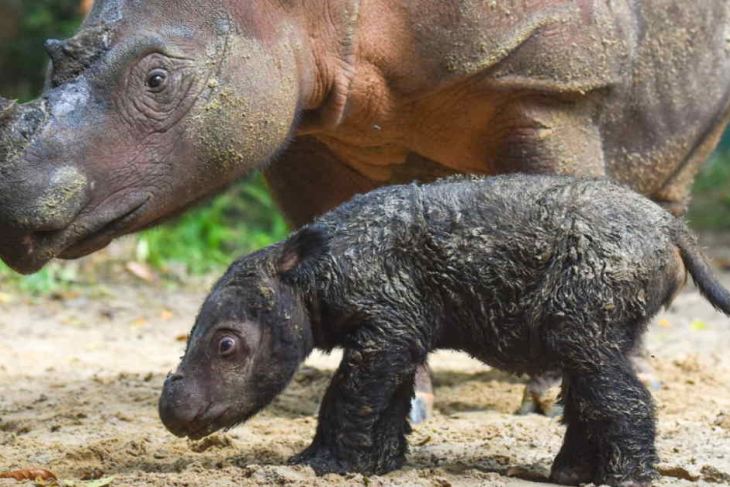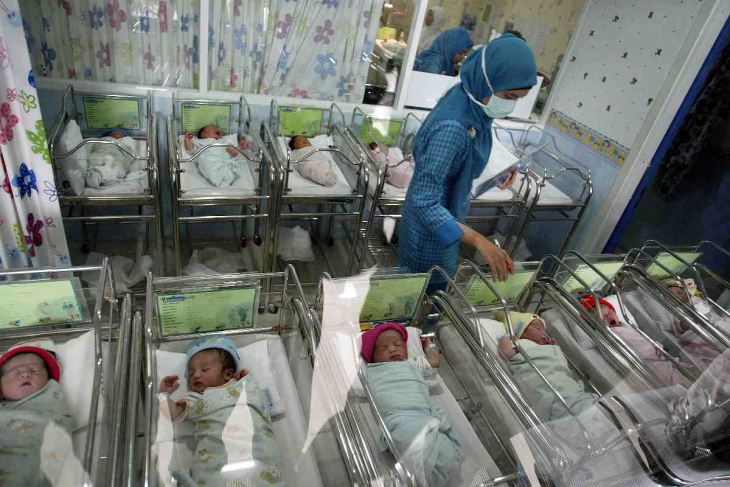Sumatran Rhino Birth: Hope For Endangered Species
A Sumatran rhino has successfully given birth in an Indonesian sanctuary, environment officials said, in a boost for conservation efforts targeting the critically endangered animal.The World Wide Fund for Nature (WWF) estimates fewer than 80 Sumatran rhinos remain in the world, mainly on the Indonesian island of Sumatra and Borneo.A rhino named Rosa gave birth to a female calf on Thursday in Way Kambas National Park in Sumatra, after suffering eight miscarriages since 2005, when she was broug






